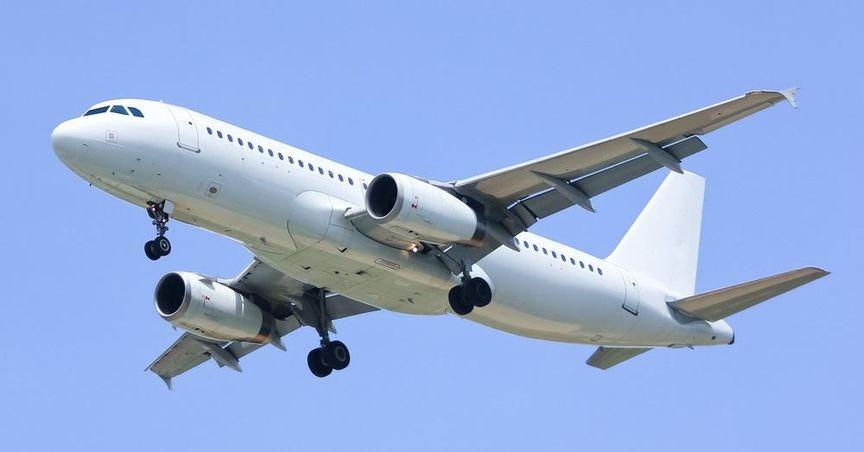Highlights
- Auckland International Airport delays second runway plans.
- Revised operational measures push runway project beyond 10 years.
- Shares dipped slightly despite broader market gains.
Auckland International Airport (ASX:AIA) announced a major shift in its infrastructure development plans, revealing a delay in the construction of its anticipated second runway by approximately a decade. This strategic move places a renewed focus on maximizing the efficiency of the existing airfield facilities before embarking on expansive projects.
Early trading saw shares of Auckland International Airport ease by 1.1% to $7.43, even as the ASX 200 index rose by 0.5%. The market response highlighted investor sensitivity to changes in long-term growth plans, particularly when significant infrastructure investments are involved.
Originally slated to be operational by 2028, the second runway's timeline has been significantly revised. The company’s Chief Strategic Planning Officer, Mary-Liz Tuck, emphasized that the decision stems from a comprehensive reassessment of operational requirements and efficiency measures. The focus will remain on extracting maximum capacity from the current runway before any additional expansions are considered.
Tuck noted that while the necessity for a second runway has not been entirely ruled out, the anticipated "trigger point" for its construction has shifted. Enhanced airfield management and operational strategies have effectively extended the lifespan of the existing infrastructure, reducing immediate pressure for expansion.
In a statement, Tuck underscored the importance of making infrastructure decisions that align with national interests. "Construction of a second runway is a big commitment, and one that we will only consider if it is in the best interests of New Zealand," she explained. The company plans to fully explore every opportunity to improve the efficiency of its current operations. Should the need for additional capacity become undeniable, Auckland International Airport will initiate consultations with airlines and stakeholders before progressing with the second runway.
This update marks a significant development for Auckland International Airport as it balances growth aspirations with practical operational management. It also reflects a broader industry trend where major infrastructure investments are being reassessed amid evolving travel patterns and economic uncertainties.
Despite the short-term dip in share price, Auckland International Airport (AIA) remains committed to ensuring that future expansions are driven by clear, data-supported demand rather than speculative forecasts. This disciplined approach is expected to support the airport's long-term sustainability and operational excellence.



